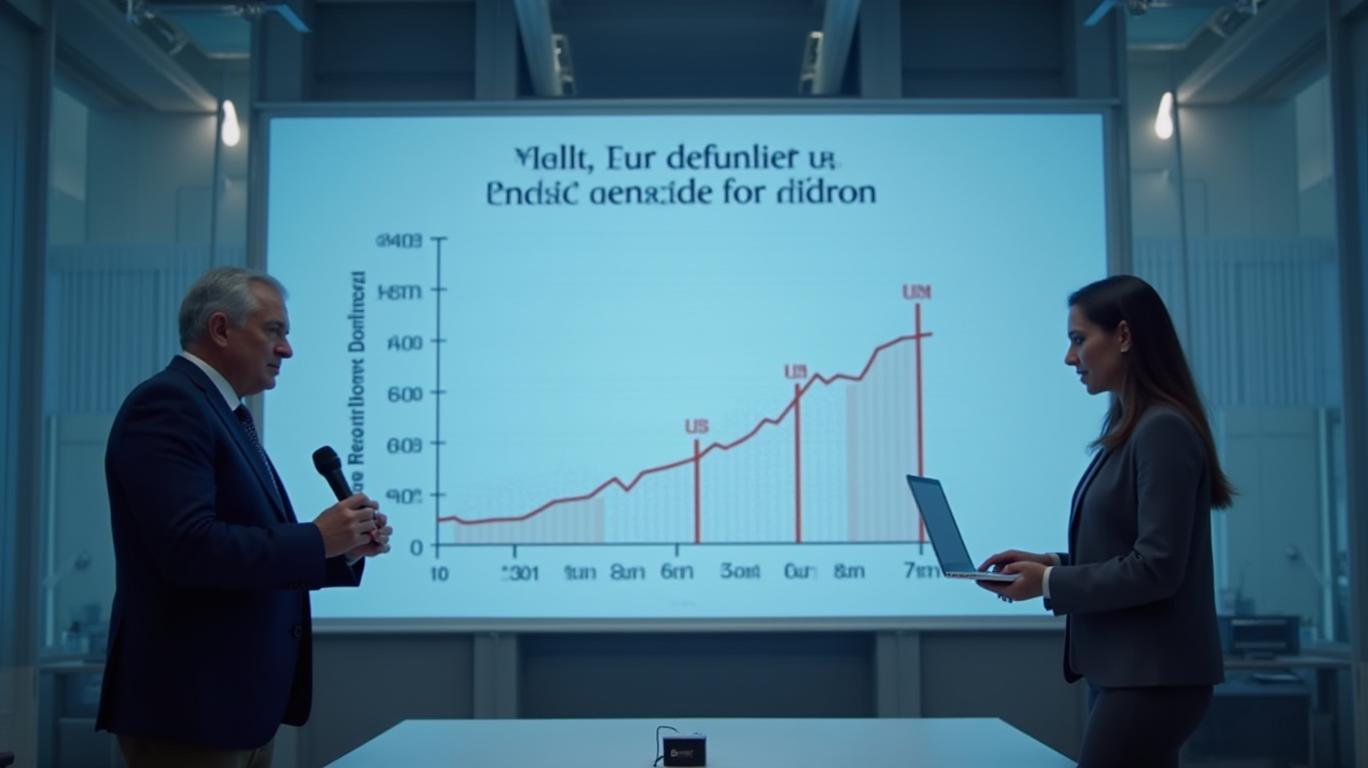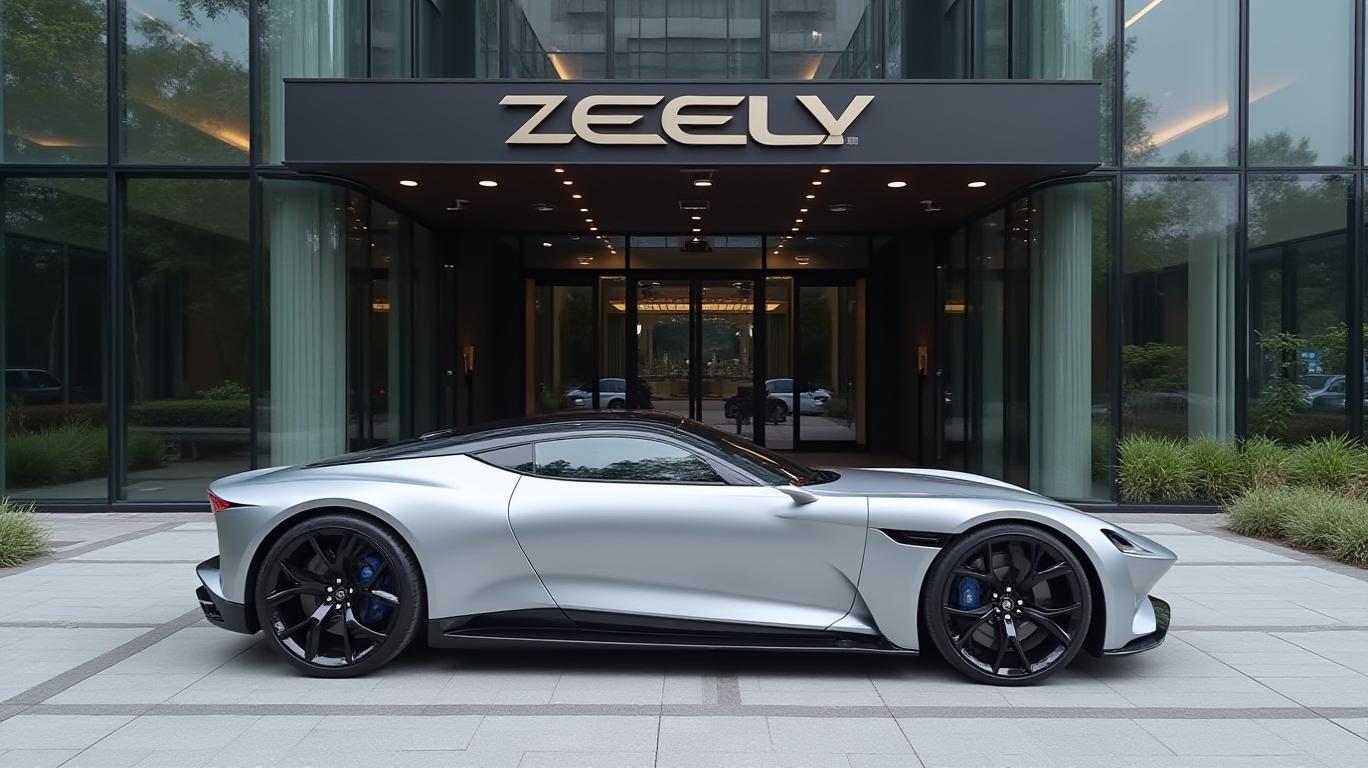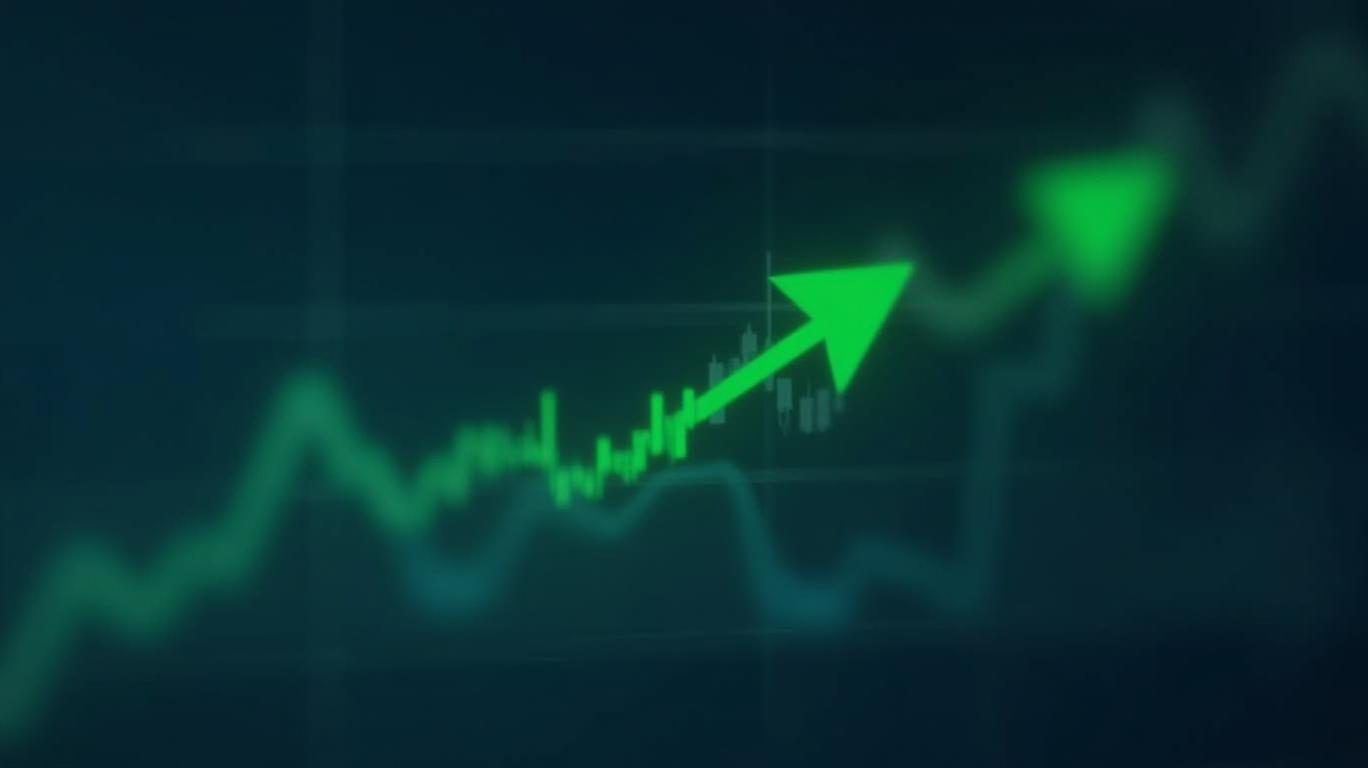ZEEKR's Lock-Up Expiry: Navigating Safety Concerns and Institutional Sell-Offs

On May 5, 2025, the lock-up agreement for ZEEKR Intelligent Technology Holding Limited’s (NYSE: ZK) American Depositary Shares (ADS) expired, marking a pivotal moment for the company’s stock. The expiration lifted restrictions on insider selling, unleashing volatility as investors grappled with a mix of operational challenges, reputational risks, and shifting institutional sentiment. This analysis dissects the post-lock-up landscape for ZEEKR, weighing its strengths against the headwinds it faces.
Ask Aime: What's next for ZEEKR after the lock-up agreement expiration?
The Immediate Post-Lock-Up Sell-Off: A Perfect Storm of Risks
The days following the lock-up expiration saw ZEEKR’s stock plummet 18.31% over three days, hitting its lowest level since September 2024. This sharp decline was amplified by a series of negative catalysts:
- Safety Crisis: A high-profile battery fire incident involving a Zeekr vehicle after a collision caused severe passenger injuries. The accident reignited concerns over EV battery safety, a critical issue for consumer trust.
- SPY Trend
The incident coincided with the lock-up expiry, creating a toxic environment for the stock as investors feared legal liabilities and reduced demand.
Institutional Sell-Offs: Pictet Asset Management Holding SA reduced its stake by 30.1%, signaling diminished confidence among major investors. Such moves can trigger a self-fulfilling prophecy of downward pressure, especially in a stock with limited liquidity post-lock-up.
Ask Aime: "ZEEKR stock dips 18.31% post-lock-up, fears safety crisis & institutional sell-offs"
Mixed Demand Signals:
- Delivery Growth: ZEEKR reported 15,422 vehicle deliveries in the most recent quarter, a 18.5% year-over-year increase, underscoring operational resilience.
- Insurance Registrations: However, insurance registrations—a leading indicator of buyer intent—plunged 20.59% week-on-week, suggesting waning consumer confidence despite strong deliveries.
Valuation Disconnect: Growth vs. Skepticism
Despite robust revenue growth—47% year-over-year in 2024 and projected 43% annual growth over the next three years—ZEEKR’s valuation lags behind peers. Its price-to-sales (P/S) ratio of 0.5x is below the U.S. auto industry median of 0.7x, reflecting investor skepticism about its ability to sustain growth amid safety risks and regulatory scrutiny. -
Analysts argue that this undervaluation may overstate risks. While the battery fire incident is a legitimate concern, ZEEKR’s advanced battery technology and partnerships (e.g., with Northvolt for next-gen cells) could mitigate long-term liabilities. However, the market’s short-term focus on near-term risks has overshadowed these positives.
Technical and Sentiment Analysis: A Bearish Near-Term Outlook
- Volume Spikes: Trading volume surged by 200% in the days following the lock-up expiry, driven by panic selling from retail investors and unlocked insiders.
- Sentiment Indicators:
- Social media sentiment for ZEEKR dropped to a negative score of -1.2 (neutral = 0), with safety concerns dominating discussions.
- Analyst ratings remain mixed: 11 "Hold" vs. 7 "Buy" ratings, with firms like Jefferies citing "execution risks" versus Morgan Stanley highlighting "underappreciated growth."
Conclusion: A High-Risk, High-Reward Opportunity
ZEEKR’s post-lock-up trajectory hinges on balancing its structural strengths with acute risks:- Upside: Strong delivery growth, $4.2 billion in cash reserves, and a 47% gross margin in Q1 2025 suggest operational resilience. Investors seeking value in undervalued EV stocks may find appeal here.- Downside: The battery fire incident and institutional outflows pose near-term headwinds. If insurance registrations continue to decline or new safety issues emerge, the stock could face further pressure.
Final Take: ZEEKR is a speculative play for investors willing to bet on its long-term EV potential. The stock’s 26% decline over a month and sub-industry valuation create a contrarian opportunity, but only for those who can stomach volatility. For now, the lock-up expiry has amplified existing risks, making ZEEKR’s path to recovery highly dependent on resolving safety concerns and rebuilding institutional confidence.
Key Data Points to Watch:- Battery Safety Updates: Any progress in resolving the fire incident or introducing new safety features.- Insurance Registrations: A rebound in buyer intent metrics would signal stabilizing demand.- Institutional Buying: A reversal of Pictet’s sell-off or new inflows from other funds could catalyze a rebound.
Investors are advised to proceed with caution and monitor these metrics closely.


_cbf77e8c1748017079428.jpeg)






